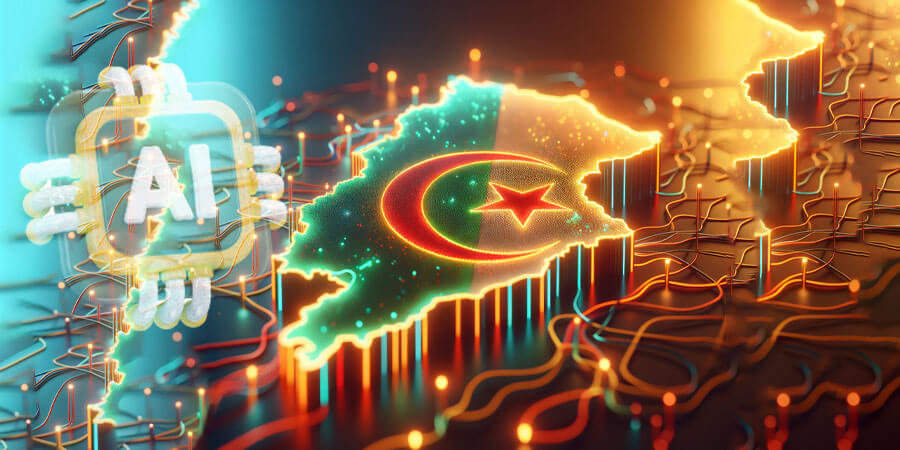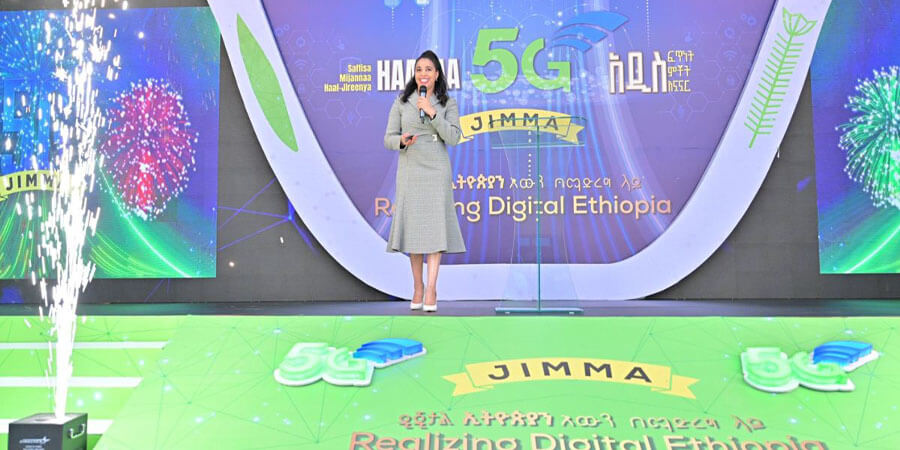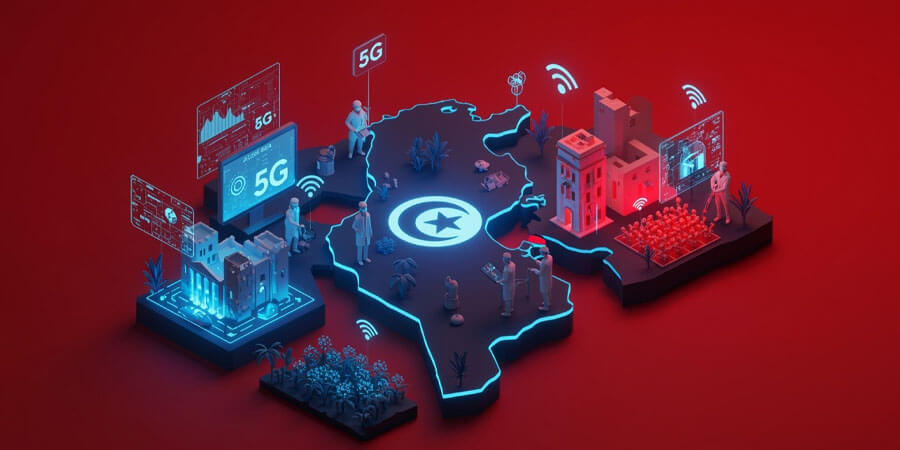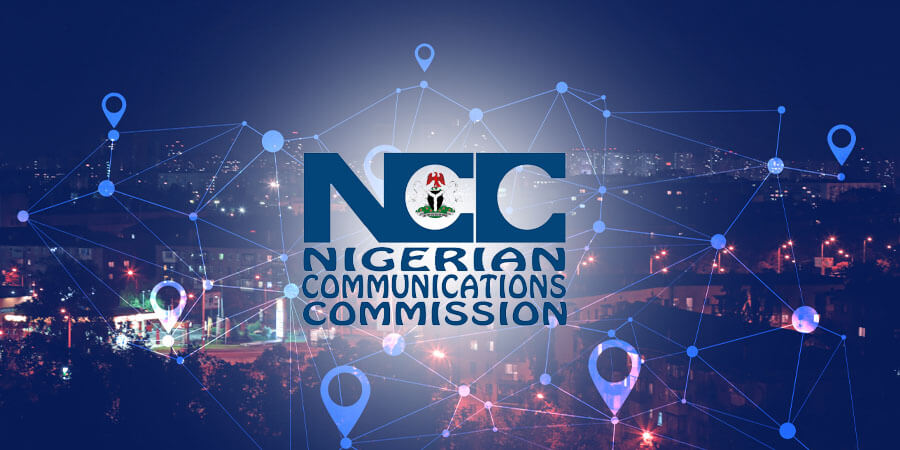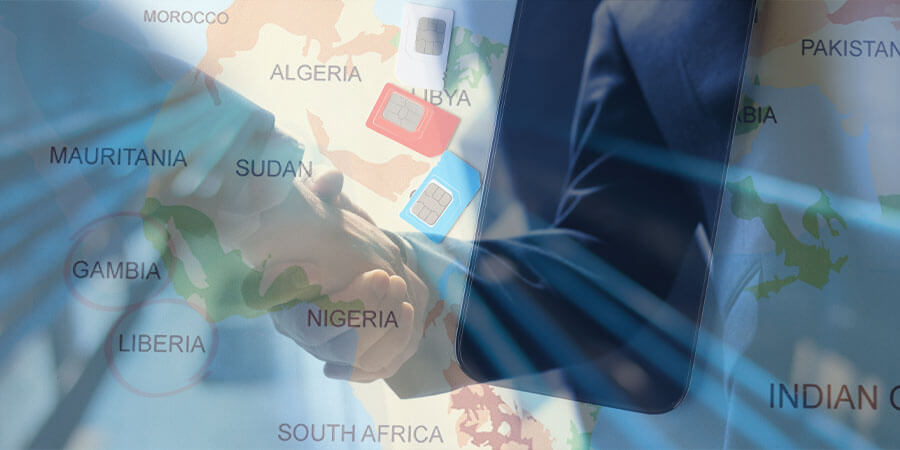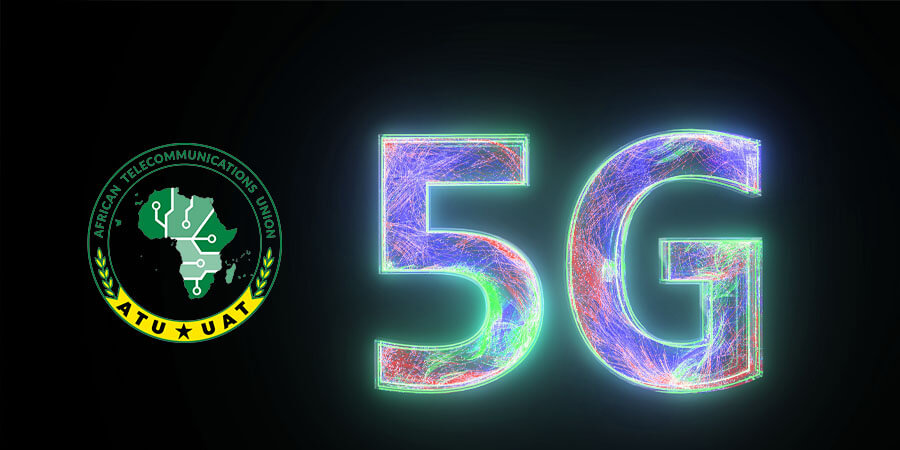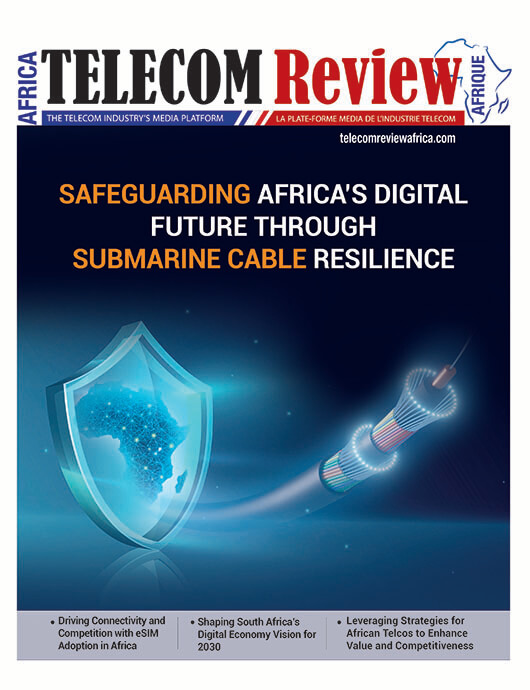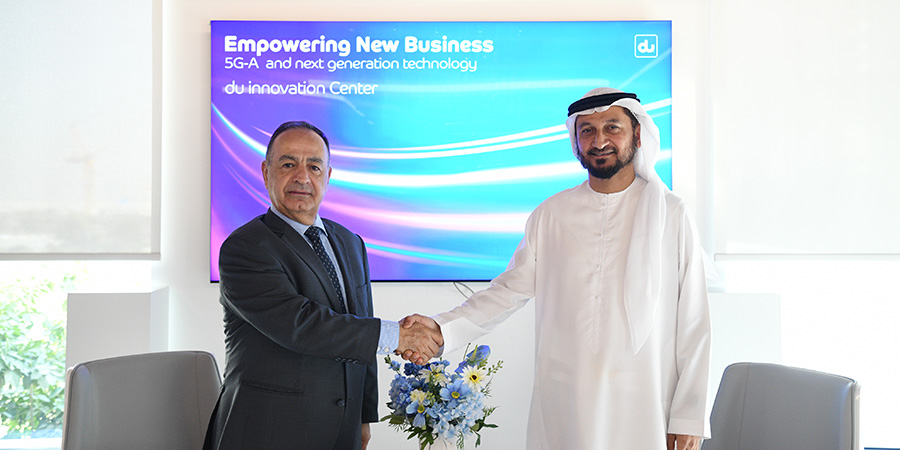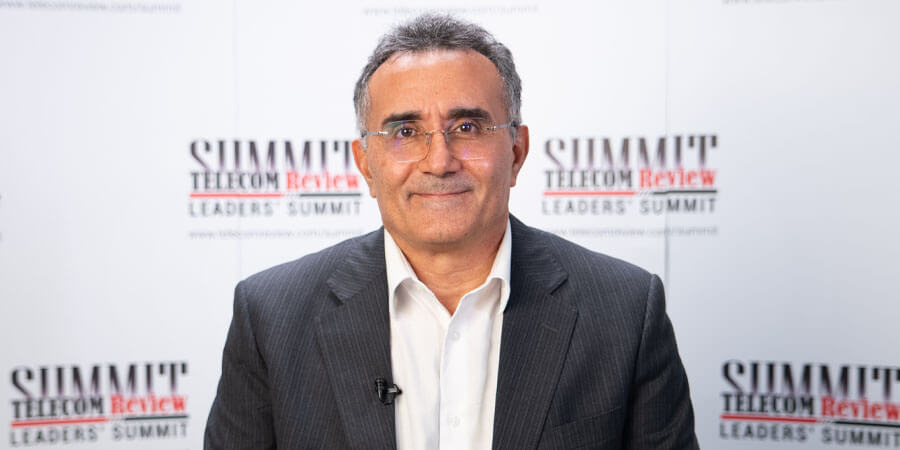Telecom Review conducted an exclusive interview with Dr. Bilel Jamoussi, Deputy Director of ITU standardization, during the 17th edition of the Telecom Review Leaders’ Summit. With a wealth of experience and expertise, Dr. Jamoussi sheds light on the transformative journey from traditional telecommunications to the dynamic realm of technology companies (Techcos). He also provided valuable insights into the pivotal role ITU plays in steering global progress through the waves of digital transformation.
How has the evolution of digital transformation shaped the strategies and operations of the new generation of telcos?
Digital transformation presents an important opportunity for telecom companies to become techcos, transitioning from a focus on voice and messaging – which has seen diminishing revenues – to becoming key enablers of digital transformation across various sectors.
From the digitalization of the health sector to the emergence of connected cars in transportation and the shift towards digital financial services such as mobile payments, industries are rapidly adopting digital platforms. Telcos play a vital role in this landscape, providing essential connectivity, building data centers, and offering comprehensive services over telecommunication infrastructure. This transformation positions telecom companies to transition into technology providers, facilitating the broader shift towards digitalization.
What role does digital inclusion play in achieving a successful digital transformation? And what steps can organizations take to ensure inclusivity in their strategies?
Digital inclusion is imperative because 2.6 billion people currently remain unconnected. Without access to the network, individuals miss out on the diverse digital platforms and services available.
Inclusion is not only a necessity for those not yet on board but also a substantial business opportunity. The more people connected, the greater the potential for enabling and delivering a variety of digital services and products. Consider the significant number of adults, approximately 1.4 billion, lacking access to a bank account. Remarkably, two-thirds of these individuals possess a mobile phone. Leveraging these mobile devices presents an opportunity to offer life-changing financial services. Even if their transaction accounts involve just a few dollars a week, it can establish a credit history, facilitate access to microcredit, and empower them to sell agricultural products directly to consumers. This inclusive approach not only transforms the financial sector but also sparks economic growth, creating a ripple effect across various industries.
How is ITU contributing to Green Digital Action, addressing climate challenges while minimizing the environmental impact of digital technologies?
Green initiatives have not traditionally been a central point for negotiators in the past. However, this year, the ITU has taken the lead in establishing a Green Digital Action track of discussions at COP28. We worked together with governments, companies, standards organizations and other UN agencies to highlight to environment ministers worldwide the significance and opportunities that digital technologies can offer in reducing the carbon footprint of various sectors.
Our Green Digital Action discussions highlighted the importance of international standards for environmental sustainability, discussions we led in collaboration with ISO and IEC. We also focused on recycling electronic waste, including how this presents a substantial business opportunity due to the valuable metals found in e-waste.
Another key aspect addressed was early warning systems for natural disasters such as fires, landslides, and floods. The digital sector plays a crucial role in disseminating timely warnings, enabling people to relocate to safer areas, and mitigate the impact of these disasters.
These were just some of the components of the Green Digital Action track, which emphasized how we can transition from commitments to concrete actions and showcased how digital technologies can significantly contribute to achieving the objectives of COP28.
How do you anticipate the future growth of ICT? And how does ITU plan to address challenges in a rapidly evolving sector?
The growth in our sector now revolves considerably around data and AI. Discussions at the Telecom Review Leaders' Summit highlighted how telcos are leveraging AI and machine learning to optimize their network operations, enhance customer retention, and streamline customer support calls. And to make just one example of associated innovation in other sectors, we are now harnessing machine learning models and massive datasets to improve road safety by collecting and analyzing data on road conditions and driver behavior in real-time, innovation that will in future extend to real-time monitoring of the behavior of autonomous driving systems.
These advancements introduce new opportunities and services within the ICT sector for telecom companies that were previously unattainable due to data limitations and less advanced AI and machine learning algorithms. The recent breakthroughs in generative AI also open up vast possibilities, not only in generating text but also in creating innovative solutions, services, videos, and more. This positions the industry to experience significant growth and expansion.








